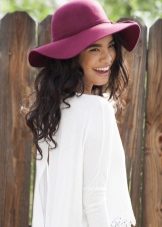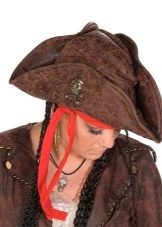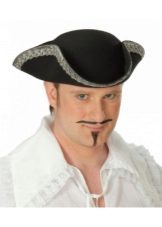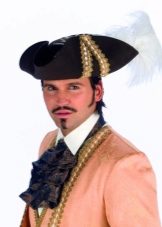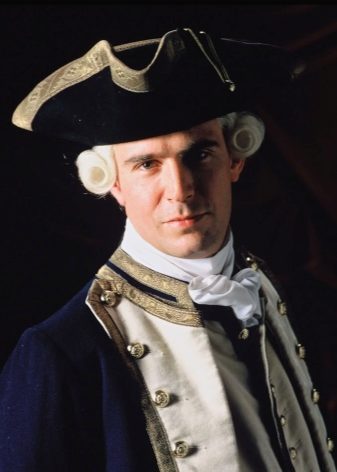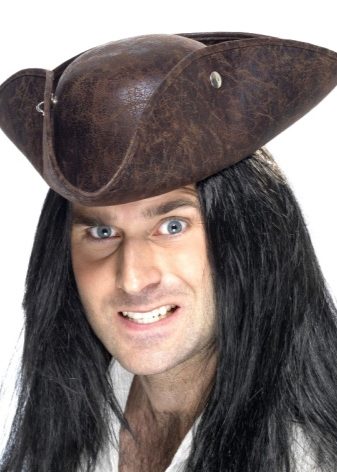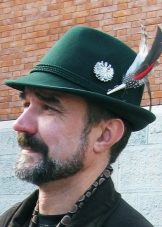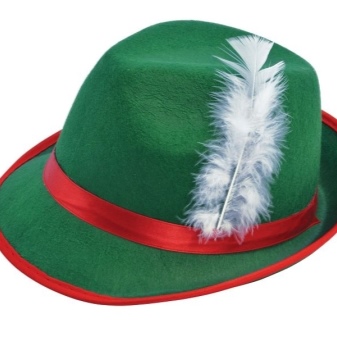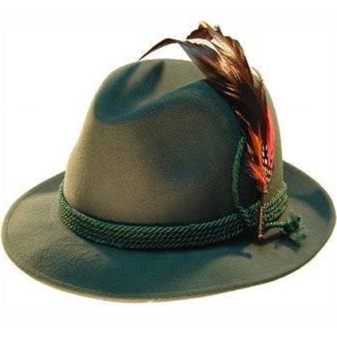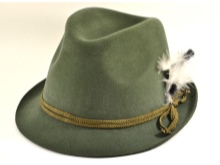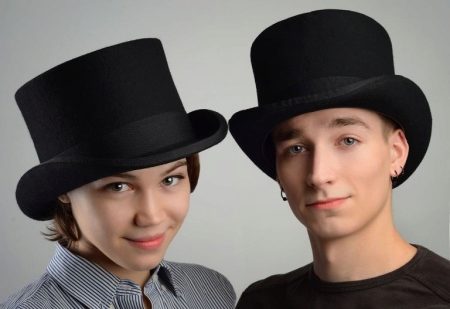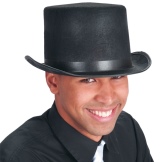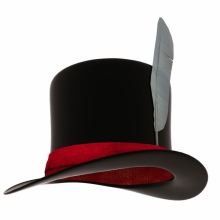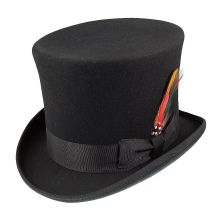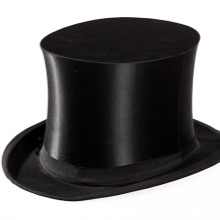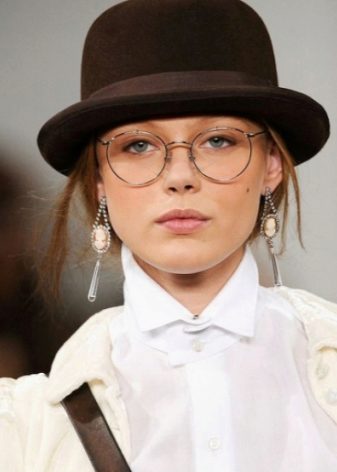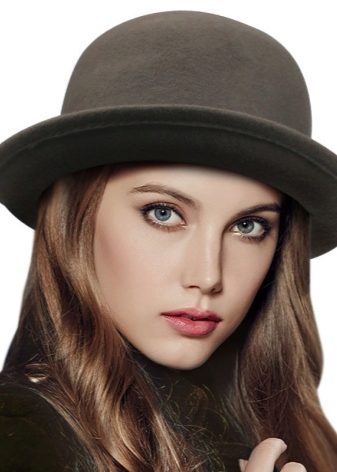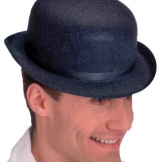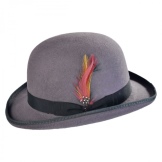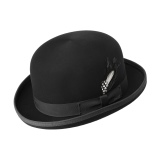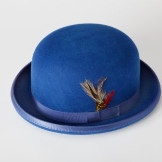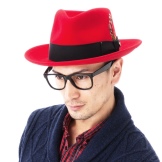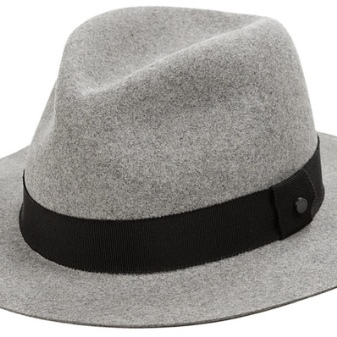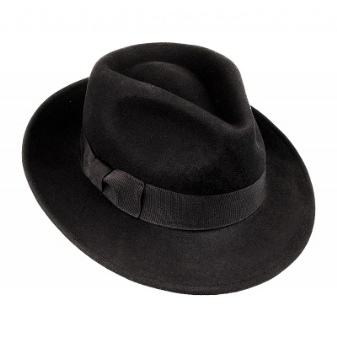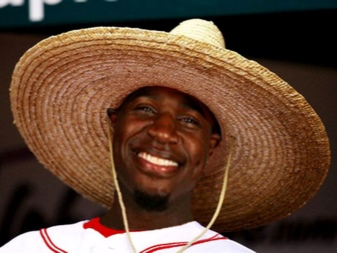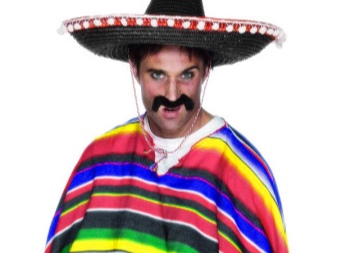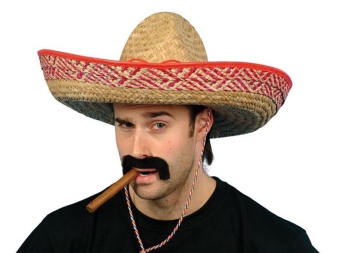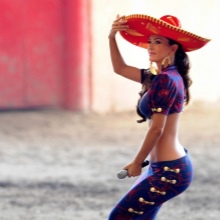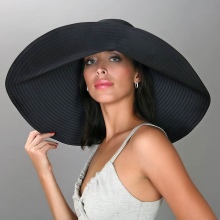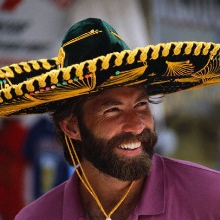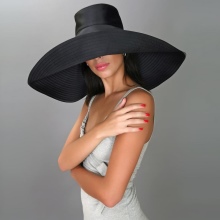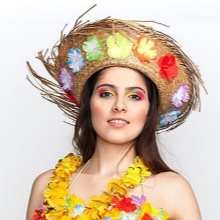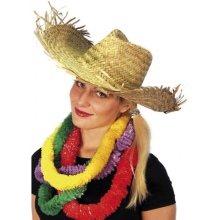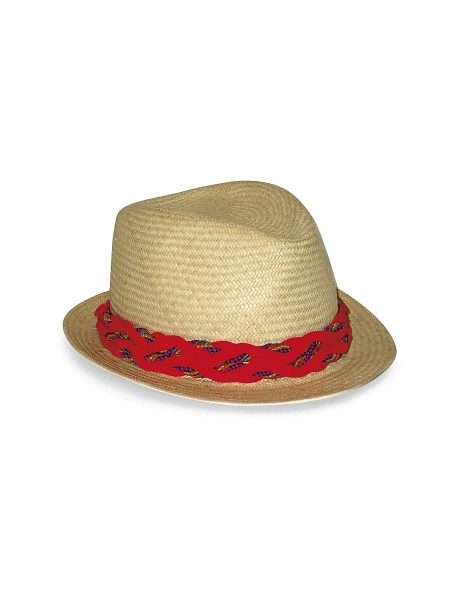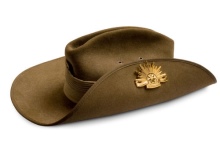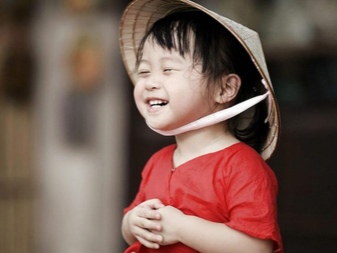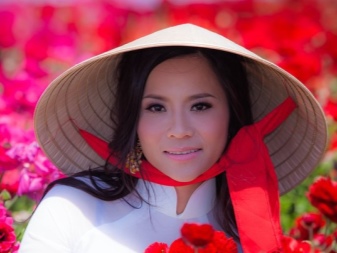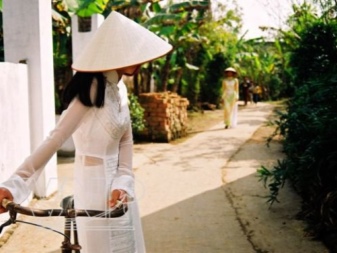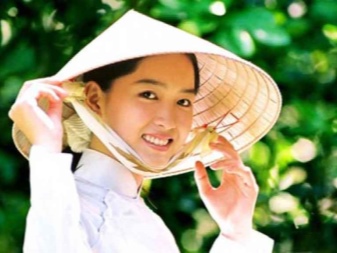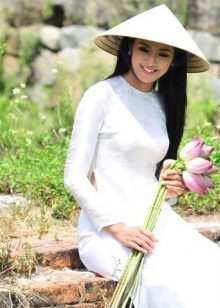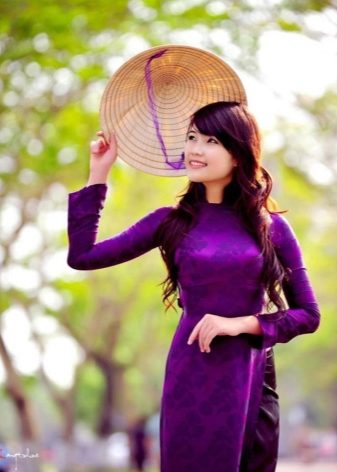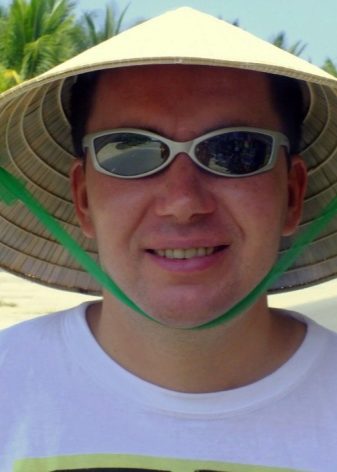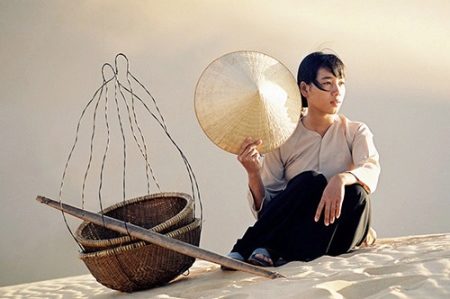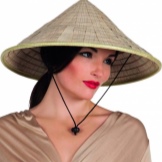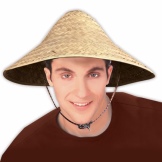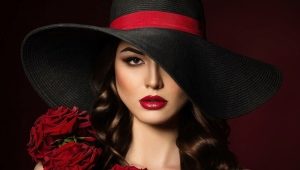Hat in the history of different nations

In the modern world, full of comfort and convenience, a hat is just a fashion accessory. Historically, a hat is a significant part of the culture of many nations. This is due to the fact that in those days when there were no air conditioners, cars, and many things familiar to us, people felt an urgent need for protection from the scorching sun, insects and winds. Each country has its own, unique, traditional hat. The features of their cut take into account the peculiarities of the climate zone and historical events of the country.
Cocked hat
Captain Jack Sparrow's favorite hat, Johnny Depp's hero in the movie "Pirates of the Caribbean," is in fact not related to pirates. The tricorne is the traditional men's hat of the French soldiers of the times of Louis XIV. For a long time, the Western European uniform of the military was equipped with wide-brimmed hats, a vivid example of which can be considered the musketeers' hats.
With the advent of firearms wide-brimmed hat loses its popularity. This is explained by the fact that the hat fields prevented conveniently positioning the butt of a bulky rifle on the shoulder. The military bent the edges of the hat up and fastened them to the crown. This tradition has taken root. Over time, the army completely switched to cocked heads. And after a while, cocked hats became popular among civilians.
Since the cocked hat was a uniform, such a hat was decorated according to the title of its owner. Traditionally, the edge of the hat was decorated with golden lace. The higher was the rank of officer, the wider was the strip of galun. Officers of the middle ranks were allowed to fasten a cockade. Officers of the highest ranks were supposed to wear a plume - a decoration made of ostrich feathers. His size also depended on the status of the officer.
The tricorne was an integral part of military uniform until the beginning of the twentieth century. In some countries of the world, it is still part of the dress uniform.
Tyrolean
This headdress is in demand among the Austrians and is an integral part of the German national costume. It first appeared in Tyrol, a region of Austria located in the mountainous part of the country, hence the tradition to sew a bundle of wool from a mountain goat beard into real Tyrolean hats. Initially, it was part of the costume of the Tyrolean soldiers, but over time it passed into the culture of Austria and Bavaria and became better known as the Bavarian hat.
This is a small, practical headwear made of felt. It has a low crown in the form of a trapezoid, bent inward, the fields of the hat are not wide, bent upwards from behind and straightened in front. Traditionally Tyrolean hat is decorated with a twisted cord and a bundle of feathers. Particularly wealthy men decorated their hats with large tassels protruding upward.
Later, army hunters began to wear such a hat, among which was the tradition to add a feather to the jewelry after each successful hunt. Among the military, a whole set of distinctive badges appeared to decorate hats, they served as a symbol of the troops to which the soldiers belonged.
Periodically, this type of headgear occurs in the collections of various fashion houses. In modern Austria, such a hat is popular with hunters and as a souvenir.
Cylinder
The fashion for a hat-hat went all over Europe, visited Russia and got to the USA. This hat has become a symbol of wealth, style and a whole era. Despite the fact that the first cylinder was made in 1797, popularity to this headdress came only after 20 years.
Initially, the cylinder had many options for cutting, used different materials and colors. There was even a folding view of these hats - a cap of a cap. Over time, the fashion on the cylinder has become more demanding, they began to produce exclusively from the hides of burs. The production of such a headdress required a lot of expenses, such hats were sewn only by hand - this is why the cylinder became a symbol of wealth.
In the middle of the nineteenth century, almost all beavers were destroyed for the manufacture of cylinders, so production switched to the use of silk plush. This material has a distinctive brilliance, so rich people stood out among the gentlemen who wore cylinders of cheaper felt and felt. At the end of the nineteenth century, the fashion for the cylinders faded away, but the richest people did not abandon them until 1930.
Derby
This classic headdress has several names, such as Coke, Blauver, hat-melon or Derby, but we know it as Bowler. It was assumed that the bowler hat will be the uniform hat of the English forester. In the middle of the nineteenth century, men wore high cylinders. Such a headdress was comfortable in the city, but not in the forest, where foresters lead most of their time. Tall cylinders clung to the branches and often fell or were completely lost. The first bowler was made by the Bulera brothers according to the sketch of the Lokov brothers in 1849. The hat was sewn of thick felt, it sat tightly on the head and well protected it from the branches. During this period, the fashion for cauldrons spread throughout almost all of Europe and reached America. Since the production of this headdress was not expensive, its cost was not great.
In the US, the pot was popular with absolutely all segments of the population. In Britain, he was considered a formal type of clothing and served as a complement to the classic suit. The great Charlie Chaplin became the most famous bowler fan. He introduced the combination of a bowler with a sweater in England, which made this kind of hats even more popular.
In Europe, the bowler lost its popularity in the 1940s, but in England to this day you can see high-ranking officials at official receptions demanding strict observance of dresscode dressed in classic bowlers.
Fedor
Favorite hat of gangsters and gangsters of the early twentieth century was conceived as an exclusively female accessory. In 1882, the great Sarah Bernard played the main role in the play “Fedor” by Victorien Sardou. For this role, the director ordered the costume designers to make a unique new hat. The play was a dizzying success, and queues of those who wanted to replenish their wardrobe “with a hat like Bernard’s” lined up for hat masters. These courageous and daring heroes defy the great depression and prohibition, wear automata and despise the rules. On the head of each of them there is Fedor. So she became popular with men.
In the 1970s, interest in this headdress almost disappeared, but only until a new, bright star of show business appeared. The great Michael Jackson returns fashion to Fedor at lightning speed. At the same time, Christian Dior produces a collection of women's clothing, in which special attention is paid to this type of cap..
Trilby is a traditional English riding hat. This type of hats is very popular in our time. They appeared a little later than Fedora and are her direct descendant. The main difference between trilby and fedora is a way of bending the fields: the fedora fields are evenly raised along the entire circumference, the trilby fields are bent up behind and down in front. This headdress was very popular with English Bohemians in the 1930s. This hat is less formal than most others, therefore it is suitable for different types of clothing.
Nowadays, trilby enjoy wearing celebrities: Harrison Ford, Johnny Depp, Brad Pitt, Hugh Jackman and many others.It’s hard to imagine without this hat and the great Frank Sinatra.
Sombrero
Can a hat be cheerful? And how! For example, the well-known sombrero hat. This is the only headdress in the world that has its own festival. A sombrero is associated with impetuous fun and hot Mexico, but is this hat really a creation of the hands of a Mexican? The history of this headdress is very complicated, and several countries claim to be the title of the city of their homeland.
The main feature of the sombrero is a very wide field. This hat has a lot of styles, is made of various materials and has different purposes depending on the region. An Italian sombrero is absolutely any wide-brimmed hat with a high rounded crown. In Mexico, a real sombrero is considered only a hat made by hand. Poor Mexicans weave it out of the straw, the rich order richly decorated felt hats for themselves.
Spanish shepherds have their traditional version of the sombrero - sombrero vaquero. This headdress is known to us as a cowboy hat. Colombia also has its own version of a sombrero, it differs in black and white. Wide-brimmed and cowboy hats are still a huge success to this day. In the summer collections of such fashion houses as Prada, Cavalli and Gotye, images often appear, supplemented with such headdresses.
Mini sombrero
The most popular today is a small Hawaiian hat. At first glance, it has nothing to do with a sombrero, but then why is it called a mini sombrero? It is difficult to say who and when brought hats to Hawaii, one can only assume that someone brought a sombrero to the paradise islands, and the locals adapted it for piles of needs.
The climate in the Hawaiian Islands is much nicer than in Mexico, so the wide fields here would not be practical. The high crown was replaced by a short and flat. The hats became very light, so they no longer needed a cord to fasten to the head. The crown began to be decorated with a motley colored ribbon.
Over time, the Hawaiian hat transformed itself and acquired a modern, beloved look. Now Hawaiian hat short oblique fold with a fold in the back of the head. The brim of the hat can be either flat or curved at the back or on the sides. These hats are made from straw. They can be of any color. The crown is still decorated with a ribbon, but now it is matched to the color of the hat.
Prospector Hat
The traditional Australian hat, the digger hat, which translates as "the miner's hat", is as unique and interesting as all that relates to Australian culture. During the gold rush, in search of wealth, Australia went to a lot of brave men. They were engaged in the search for gold in the territory of a little studied at that time continent. These brave souls were called prospectors. Few of them really became rich, but there were also those who could “make capital” without picking up picks and shovels.In 1847, a young man named Benjamin Dankerly arrived in Australia in search of happiness. He developed an innovative method of making rabbit wool and kangaroo leather - this allowed him to open up the hat business without any special efforts. The unbearable heat of the Australian desert forced prospectors to buy hats, hence the name digger hat.
Such a hat and now enjoys great demand among outdoor enthusiasts, due to the fact that it perfectly saves from the scorching sun, wind and rain. With it, you can quickly inflate the fire and use it to store valuable things in the campaign.
Vietnamese Non la
The history of the appearance of this hat is amazing and has been transmitted by the Vietnamese people from generation to generation for many centuries in a row. According to legend, in one particularly rainy year a very beautiful girl came to Vietnam. She was fantastically tall, and she had a pointed hat on her head.She walked through a ravaged country and taught exhausted people to farming. Everywhere it appeared, the weather was good and a great harvest was ripe. Then she just disappeared. The Vietnamese believe that everything will be fine for them as long as they wear such hats like those of the girl from the legend.
For the manufacture of such a hat does not require special skills, so the Vietnamese are able to do them since childhood. The main material for the production of Non la are palm leaves. They are well dried, spread evenly on a skeleton of thin rings of bamboo and fixed with the same leaves.
This headdress is very practical: it covers well from the hot sun and torrential rains, the hat has almost no weight, and in a difficult situation can serve as a container for water or fruit, because it is very durable. Such hats are popular to this day, both among Vietnamese women and men. It is a symbol of Vietnam, and therefore popular among tourists.
Multifaceted Asia
In most Asian countries there is an analogue of the non la Vietnamese hat described above.
Japanese sister Non la is called Amigas, which means "wicker hat". Japanese craftsmen make them from the leaves of young sedge. In Japan, such a hat is a sign of poverty and people working on the land. During the war years, it was often used as a throwing weapon and a means of obtaining and storing intelligence information.
The Chinese equivalent is called dawley, which translates as “a hat for 10 liters,” because it is this kind of water that a high-quality hat made of palm leaves must withstand. For the Chinese, there are several types of such a hat. For the poor Chinese, afford a palm leaf hat. The rich choose hats from expensive silk, painted or embroidered with branches of cherry blossoms. Often on such hats there are hieroglyphs in which popular wisdom or poems of eminent Chinese poets are hidden.
Hat business today
The hat is still a popular fashion accessory today. Democratic fashion allows you to choose different hats for different situations and images. The largest hat manufacturer in the world is the Czech company Tonak. Hats of this company appear in the fashion collections of Dior and Chanel. Czech hats are rightfully considered to be the very best in the world, but if you can’t afford one, don’t despair! You can be fashionable in a hat from a more affordable manufacturer!




